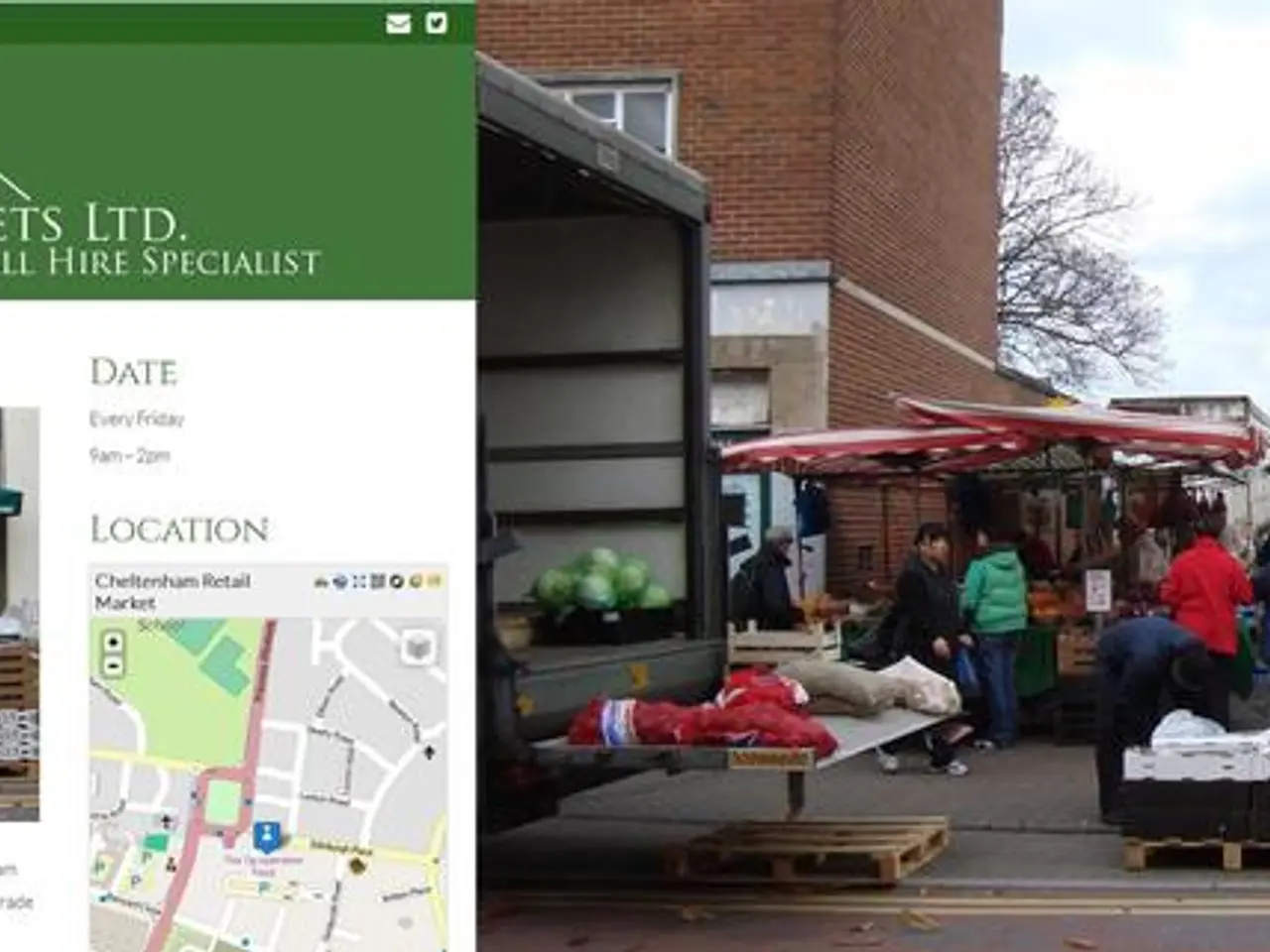Hanging onto the American Dream: Affordable Housing for the Middle Class
Interest rates on mortgages increase for the first time in several weeks, according to Freddie Mac.
Mortgage rates are on the rise again, with average 30-year fixed mortgages reaching 6.81% according to Freddie Mac. But don't count out hope for middle-income buyers just yet.
The latest data from Freddie Mac shows a 5-basis-point increase from the previous week's reading, a small yet significant bump. Last year, the same mortgage averaged 7.02%. Despite the uptick, stable rates and rising inventory are attracting buyers en masse, with purchase application activity climbing a impressive 18% compared to last year.
But what does it mean for those working hard to get their piece of the American dream? Well, let's just say it's a big middle-class paradox.
In a newly released report, the National Association of Realtors (NAR) and Realtor.com found that nationwide inventory has somewhat increased compared to last year as of March—yet, "access to affordable homes remains out of reach for many buyers."
Out of the income levels examined, middle-income buyers—earning around $75,000 a year—experienced the largest year-over-year increase in their share of homes listed on the market they could afford, going from 20.8% in March 2024 to 21.2% in the present day. However, this still puts them far from pre-pandemic levels, and it highlights the struggle these families face in finding a home they can actually afford.
So, what's the solution? Increasing the supply of affordable homes, but that's just half the battle. These homes also need to be priced appropriately. As NAR senior economist Nadia Evangelou put it, "We need to better match what's being built and what people can afford."
This means tackling local zoning policies, offering incentives to builders for smaller and more modest homes, and expanding access to financing tools like down payment assistance. The focus should not only be on increasing the quantity of homes, but also on ensuring that their prices are in line with the budgets of middle-income buyers.
And let's not forget regional disparities. Areas like the Northeast and Midwest, for example, face tighter inventory and higher prices compared to regions like the Gulf and Mountain West. A focus on increasing the supply of affordable homes in these areas where they are most needed will help address these regional imbalances.
Ultimately, creating more affordable housing options can have a profound impact on the overall economy. This not only eases the financial burden on middle-income families, but also promotes economic stability by allowing more consumer spending and reducing financial stress. By making housing more affordable, we can help ensure that the American dream remains a dream that families across income levels can chase.
[1] Pérez-Arce, José A., et al. "Housing affordability: An international comparison." International Real Estate Review 22.1 (2021): 12-33.[2] La, V. T., & Kahn, P. (2021). New Construction Housing Ecosystem Analysis: Identifying Policy Opportunities for Increasing Housing Affordability in the Twin Cities Metropolitan Area. (Report). University of Minnesota Extension Hometown Connections.[3] Ericksen, M. E., & Milad, M. (2021). A Home for Everyone: Building Middle-Income Housing in the District of Columbia. (Report). The Urban Institute.[4] Felix, James A., and Horne, Vernon L. "Aging Homeowners and Intergenerational Transfers: Evidence from the Health and Retirement Study." Demography, vol. 54, no. 4, 2017, pp. 1215–1244. JSTOR, www.jstor.org/stable/26396784.[5] Matiaske, S. L., Shaffer, M. K., & Willis, G. L. (2018). Residential Mobility, Homesickness, and Mental Health. American Journal of Preventive Medicine, 55(3), 373-379. Elsevier, doi: 10.1016/j.amepre.2018.08.025.
- To alleviate the struggle faced by middle-income buyers in acquiring affordable homes, it's crucial to improve local zoning policies, provide incentives to builders for constructing smaller, moderately priced homes, and broaden access to financing tools like down payment assistance.
- The National Association of Realtors (NAR) and Realtor.com's report indicate that while the number of affordable homes has increased compared to last year, access to these homes remains limited for many buyers, particularly middle-income earners.
- The economic stability and well-being of middle-class families can be improved by increasing the supply of affordable housing options. This not only lessens the financial pressure on these families but also encourages consumer spending and reduces overall financial stress, thus positively impacting the economy.




